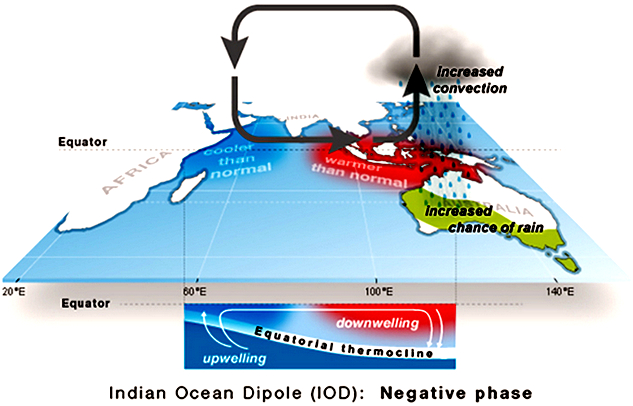- The Cool Down includes Pat Cummins, Lance Franklin
-
Group writes urgent open letter to nation’s leaders

|
|
Climate advocate and former Wallabies captain David Pocock on
Monday launched The Cool Down campaign.
Photograph: Mick Tsikas/AAP |
The campaign, named The Cool Down, was launched on Monday by Pocock who, after retiring from rugby union in 2020, has focused his energies on conservation and climate activism.

|
|
Josh Frydenberg admits climate change a major preoccupation in
global markets. Read more |
The group, which includes Pat Cummins, Cate and Bronte Campbell, Lance Franklin, Rohan Browning, Darcy Vescio, Mick Fanning, Craig Foster, Ian Chappell, Liz Ellis and Mark Webber, hopes to encourage Australians to make their voices heard.
It has backed scientific calls for the country to cut greenhouse gas emissions at least in half by 2030 and reach net zero emissions before 2050.
The campaign highlights the connection between extreme weather events and sport – including how heat has impacted the Australian Open tennis tournament in recent times and how bushfire smoke has affected professional sport – and Pocock called for bold action to be taken.
“The people and places we love, as well as the sports we love so much are threatened by climate change,” Pocock said.
“We have the resources in our own backyard to be a world leader in this field and, as a sporting nation, we’re used to performing on the world stage. It’s time we harness that to focus on strong climate action.”
The latest assessment by the Intergovernmental Panel on Climate Change published earlier this month found human activities were unequivocally heating the planet and causing changes not seen for centuries and in some cases thousands of years.
The world’s leading authority on climate science found greenhouse gas emissions were already affecting weather and climate extremes in every region across the globe, helping cause increased heatwaves, heavier rainfall events and more intense droughts and tropical cyclones, the report found.
In Australia, it found average temperatures above land had already increased by about 1.4C since 1910.
The open letter, which people are invited to sign, says “sport’s future is more uncertain than ever, but its power has never been more important”.
“Australians have always punched above our weight on the world stage and it’s time to do it on climate.”
Professor Mark Howden, the director of the ANU Institute for Climate, Energy & Disaster Solutions, said any delay in addressing Australia’s poor record on emission-reduction would
“If we don’t take rapid and strong global action to reduce our greenhouse gas emissions, the world could well have passed 1.5C by the time of the Brisbane Olympics in 2032, failing to meet the lower of the two Paris Agreement temperature goals,” said Howden, who is also a vice-chair of the IPCC.
“This could come at a time when everyone’s eyes will be on Australia, focusing attention on our contributions to reduce emissions.”
No major sporting organisation in Australia includes climate change in their annual reporting and former Diamonds netball coach Ellis said the campaign was “our stake in the ground to spread this important message”.

|
|
David Pocock: 'I've got a lot more comfortable just being a bit
weird and different'. Read more |
Other sportspeople to lend their names to the campaign include current Wallabies captain Michael Hooper, AFL footballer Nat Fyfe and AFLW star Daisy Pearce, the NRL’s Nathan Cleary, golfer Karrie Webb, cricketer Rachael Haynes and Matildas duo Tameka Yallop and Alanna Kennedy.
The Australian government is facing increasing pressure to increase the 2030 emissions target it set six years ago – a 26-28% cut below 2005 – and join the more than 100 countries that have set a mid-century net zero emissions goal.
Earlier this month, Dr Jonathan Pershing, the deputy to US presidential climate envoy John Kerry, told the Guardian that Australia’s targets were “not sufficient” and the country should be considering a 50% cut in greenhouse gas emissions by 2030.
The former UN chief Ban Ki-moon said Australia was “out of step” with the rest of the world, and and the former European Union trade commissioner, Cecilia Malmström, warned it was becoming “more and more isolated” at a time when the world was increasingly being hit by floods, fires and droughts.
Links
- The Cool Down: Protecting the future of the planet, the future of sport
- David Pocock and Wallabies teammates lead sporting charge on carbon emissions
- David Pocock warns of devastating impact on sport if climate crisis inaction continues
- David Pocock retires: Australian great quits rugby to focus on conservation efforts
- IPCC AR6 Climate Change 2021: The Physical Science Basis
- ‘Not too late’: Australian scientists call for urgent action to avoid worst of climate crisis
- Lethal Heating: Sport Posts





















